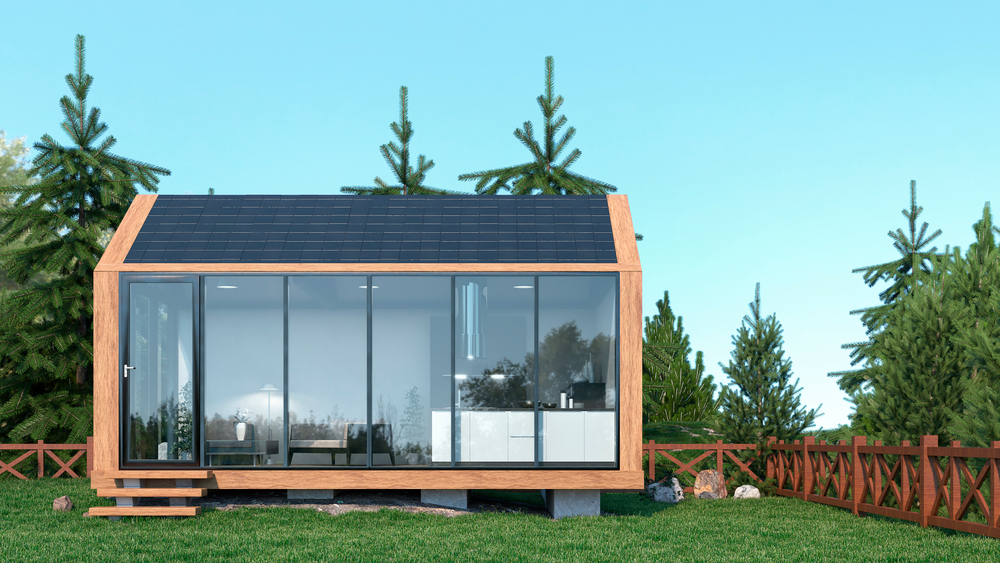Modular housing has quickly become a game-changer in the real estate industry, pushing the boundaries of traditional construction. These homes, often referred to as “prefabs,” are assembled from components made in a controlled factory environment and then transported to their permanent site to be put together. This avant-garde approach has been acclaimed for slashing build times, diminishing the environmental footprint, and enhancing affordability. We delve into the myriad benefits and the rising popularity of modular housing in this discussion.

Demystifying Modular Housing
Modular homes come to life in pieces or sections within the confines of a factory, shielded from the harsh on-site construction climate. These sections, which can encompass complete rooms with pre-installed plumbing and wiring, are then shipped to their destined location, where they are seamlessly pieced together, taking advantage of the factory’s precision.
Building Smarter and Greener
A primary advantage of modular housing is the efficiency it brings to the construction process. The indoor creation process mitigates weather-related postponements and promotes more economical material usage, leading to minimal waste. Additionally, precise construction under factory conditions means tighter seals and optimized insulation, contributing to significant energy savings and a smaller carbon footprint.
Yet, the green credentials of modular homes spread further than just energy conservation. The potential for recycling materials, integrating cutting-edge technologies, and reducing site disruptions underscores their status as environmentally responsible dwellings. The trend towards incorporating eco-friendly materials and harnessing renewable energy resources like solar panels in prefab design is also picking up steam.
The Financial and Temporal Edge
Typically, fluctuating elements such as weather, material theft, and labor cost variability make budgeting for conventional homebuilding a challenge. Modular homes greatly mitigate these unpredictable factors, resulting in a more cost-effective and reliable construction timeframe. Swift assembly translates into lower labor expenses and a quicker path for residents to occupy their new homes, an attractive aspect for those under time or financial constraints.
Personalizing Your Prefab
Dispelling the myth that modular homes are cookie-cutter in design, today’s prefabs come with extensive customization options. Tailoring everything from layouts to finishes allows homeowners to work alongside architects and designers to forge spaces that truly mirror their tastes and requirements. The realm of prefab design has seen remarkable advancements, with some models rivaling the luxury and integrity of traditional, high-end dwellings.
Overcoming Hurdles
Despite their many upsides, modular homes come with their own set of hurdles. Navigating the logistics around moving large sections can prove intricate and expensive, especially when traversing vast distances or challenging landscapes. Plus, while initial outlays may be reduced, prospective owners must account for land costs, groundwork, foundations, and utility connections, all of which can inch up the overall expense.
Reshaping Residential Frameworks
With continuous tech advancements and a societal pivot towards eco-friendlier lifestyles, modular homes are set to shape the residential landscape significantly. Innovations in 3D printing and modular techniques are broadening the horizons for prefab housing innovation. The sector is gearing up to satisfy the mounting demand for dwellings that are economical, of high quality, and environmentally conscious.
In summary, modular homes stand out as a viable contender to the conventional homebuilding approach, promoting a method that is more time-efficient, sustainable, and cost-effective. As the sector matures and overcomes existing barriers, modular homes epitomize the ingenuity possible in our living spaces’ design and construction, making them an increasingly favored choice for the homeowners of tomorrow.







